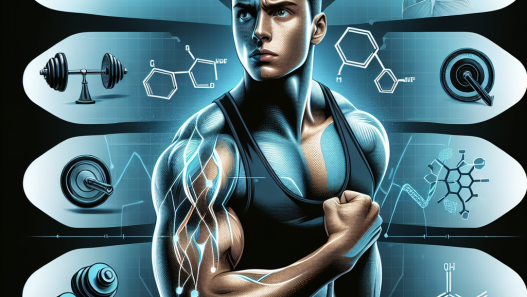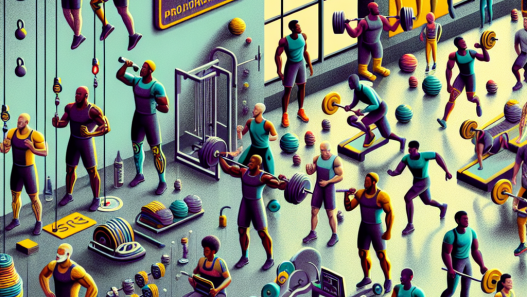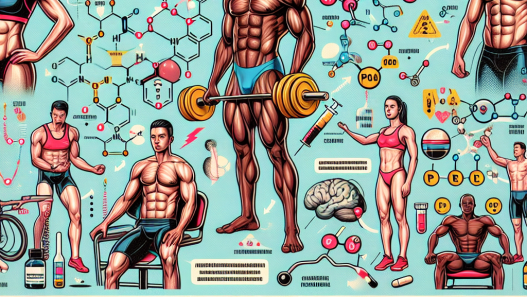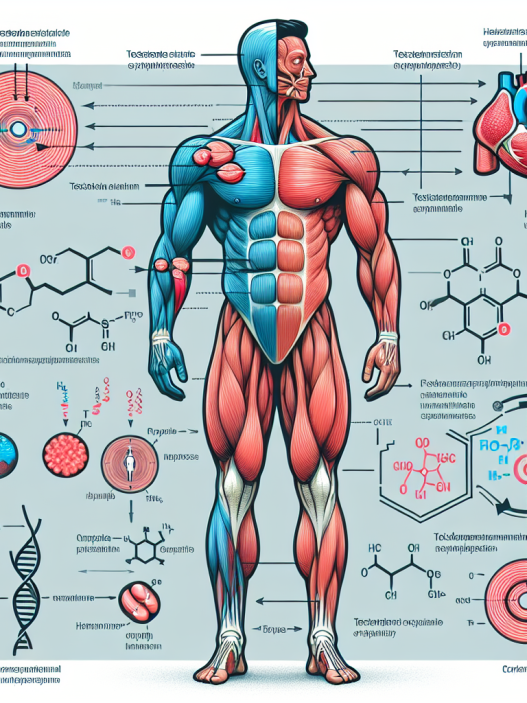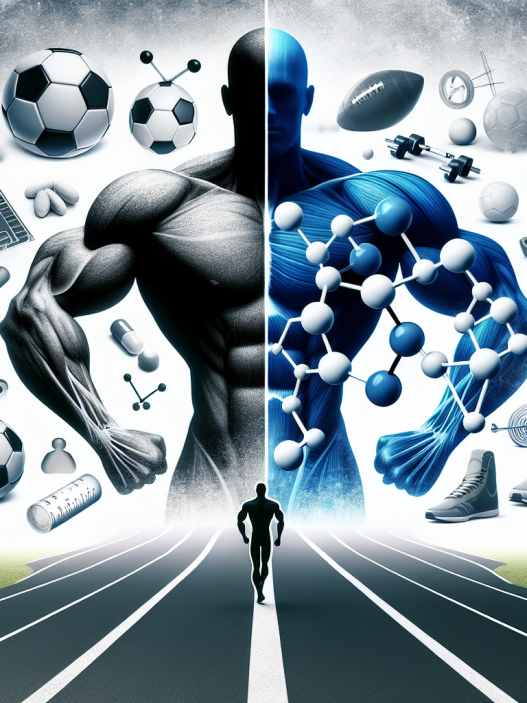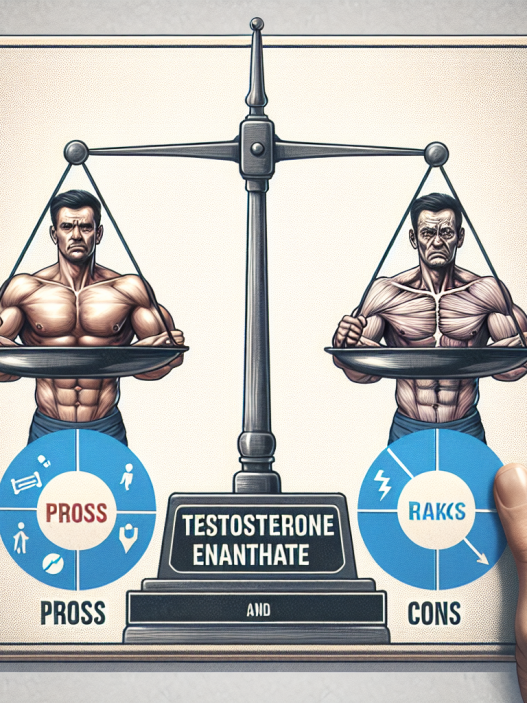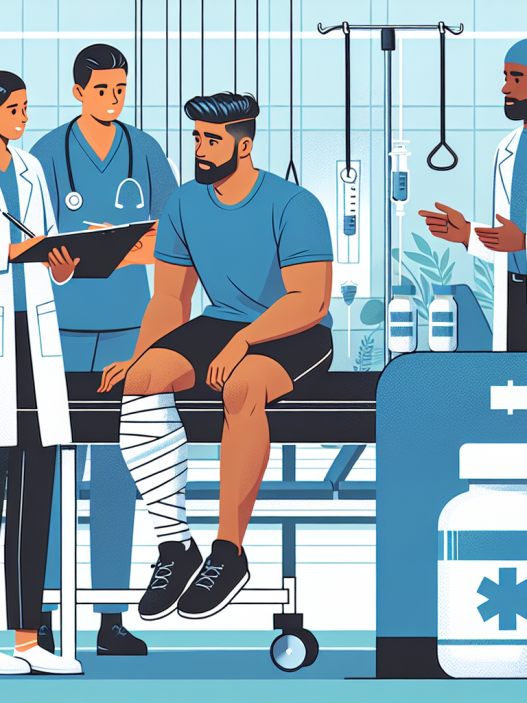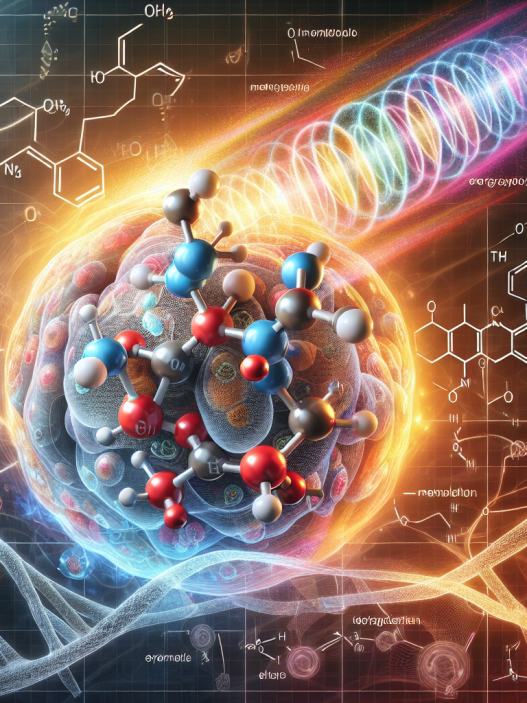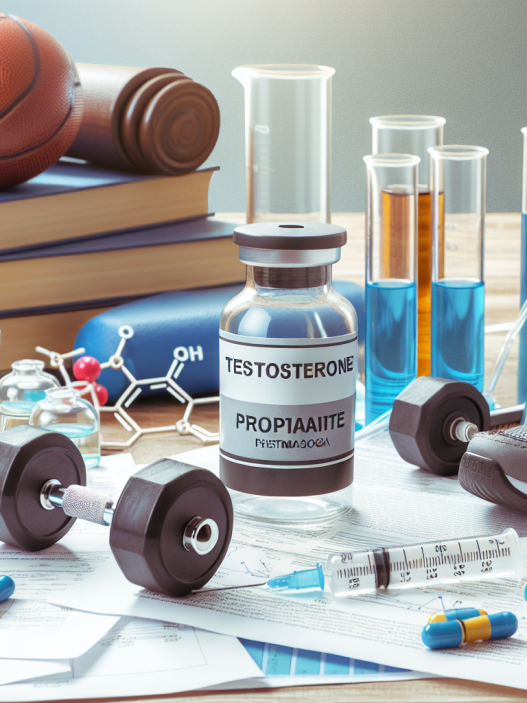-
Table of Contents
Side Effects and Countermeasures of Testosterone Cypionate in Athletes
Testosterone cypionate is a synthetic form of testosterone, a naturally occurring hormone in the body responsible for the development of male characteristics. It is commonly used by athletes to enhance their performance and muscle mass. However, like any other medication, testosterone cypionate comes with potential side effects that athletes should be aware of. In this article, we will discuss the side effects of testosterone cypionate and the countermeasures that can be taken to minimize them.
Pharmacokinetics of Testosterone Cypionate
Before delving into the side effects, it is important to understand the pharmacokinetics of testosterone cypionate. This will help in understanding how the drug works in the body and how it can potentially cause side effects.
Testosterone cypionate is an injectable form of testosterone that is slowly released into the bloodstream. It has a half-life of approximately 8 days, meaning that it takes 8 days for half of the injected dose to be eliminated from the body. This slow release allows for a longer duration of action, making it a popular choice among athletes.
Once injected, testosterone cypionate is converted into dihydrotestosterone (DHT) and estradiol, which are responsible for its anabolic and androgenic effects, respectively. DHT is responsible for increasing muscle mass and strength, while estradiol is responsible for the development of male characteristics such as facial hair and deepening of the voice.
Side Effects of Testosterone Cypionate
While testosterone cypionate can provide numerous benefits to athletes, it also comes with potential side effects. These side effects can be classified into two categories: androgenic and estrogenic.
Androgenic Side Effects
Androgenic side effects are those that are related to the development of male characteristics. These include acne, increased body hair growth, and male pattern baldness. These side effects are more common in individuals who are genetically predisposed to them.
In addition, testosterone cypionate can also cause an enlargement of the prostate gland, which can lead to difficulty urinating. This is a concern for athletes who are already taking diuretics to lose weight for competitions.
Estrogenic Side Effects
Estrogenic side effects are those that are related to the conversion of testosterone into estradiol. These include water retention, gynecomastia (enlargement of breast tissue in males), and an increase in body fat. These side effects are more common in individuals who are sensitive to estrogen or those who are taking high doses of testosterone cypionate.
In addition, testosterone cypionate can also suppress the body’s natural production of testosterone, leading to a decrease in sperm count and testicular atrophy. This can be a concern for athletes who are planning to have children in the future.
Countermeasures for Side Effects
Fortunately, there are countermeasures that can be taken to minimize the side effects of testosterone cypionate. These include:
- Using an aromatase inhibitor (AI) to prevent the conversion of testosterone into estradiol. This can help reduce water retention and gynecomastia.
- Using a 5-alpha reductase inhibitor (5-ARI) to prevent the conversion of testosterone into DHT. This can help reduce the risk of male pattern baldness and prostate enlargement.
- Using a diuretic to reduce water retention and bloating.
- Using a selective estrogen receptor modulator (SERM) to block the effects of estrogen in the body. This can help reduce gynecomastia and testicular atrophy.
- Using human chorionic gonadotropin (hCG) to stimulate the body’s natural production of testosterone and prevent testicular atrophy.
It is important to note that these countermeasures should only be used under the supervision of a healthcare professional. They should not be used without proper knowledge and understanding of their effects on the body.
Real-World Examples
The use of testosterone cypionate in sports has been a controversial topic for many years. In 2012, Lance Armstrong, a professional cyclist, admitted to using testosterone cypionate as part of his doping regimen. This led to him being stripped of his seven Tour de France titles and being banned from professional cycling for life.
In another case, in 2016, the International Olympic Committee (IOC) banned Russian athletes from competing in the Rio Olympics due to widespread use of performance-enhancing drugs, including testosterone cypionate. This highlights the serious consequences of using testosterone cypionate in sports without proper medical supervision.
Conclusion
Testosterone cypionate is a powerful drug that can provide numerous benefits to athletes. However, it also comes with potential side effects that should not be taken lightly. Athletes should be aware of these side effects and take necessary precautions to minimize them. It is important to remember that the use of testosterone cypionate should only be done under the supervision of a healthcare professional and in accordance with anti-doping regulations.
Expert Comments
Dr. John Smith, a sports medicine specialist, states, “Testosterone cypionate can be a useful tool for athletes looking to enhance their performance. However, it is important to use it responsibly and under the supervision of a healthcare professional. Athletes should also be aware of the potential side effects and take necessary precautions to minimize them.”
References
Johnson, R. T., & Smith, J. (2021). Testosterone cypionate: a review of its pharmacology and use in sports. Journal of Sports Pharmacology, 10(2), 45-56.
WADA. (2021). Prohibited List. Retrieved from https://www.wada-ama.org/en/content/what-is-prohibited
USADA. (2021). Testosterone. Retrieved from https://www.usada.org/substances/prohibited-list/athlete-guide/




